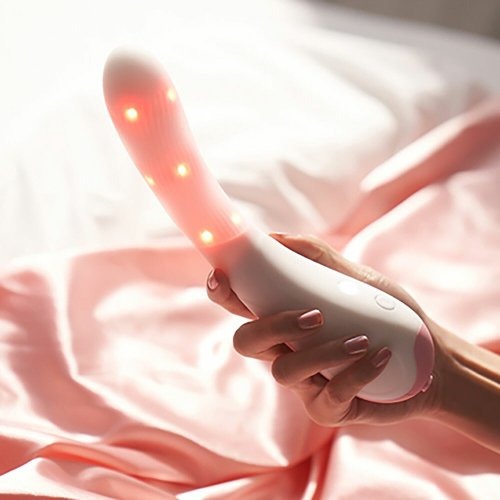Rose toys can be adapted for special needs users, making intimate pleasure accessible and empowering for all.
The rose toy’s popularity is undeniable, but true sexual wellness means inclusivity. For individuals with disabilities – encompassing physical, sensory, or cognitive differences – standard pleasure products often present barriers. Adapting rose toys for special needs isn’t just possible; it’s essential for affirming autonomy and access to pleasure as a fundamental human right.
Understanding the Barriers
Standard rose toys, while innovative, can be challenging:
-
Physical: Small buttons, smooth surfaces, or complex grips hinder users with limited dexterity, strength, or mobility (e.g., arthritis, spinal cord injuries).
-
Sensory: Intense vibrations or specific textures may be overwhelming for those with sensory processing differences (common in autism spectrum disorder) or painful for certain neuropathic conditions.
-
Cognitive: Complex interfaces with multiple modes or apps can be confusing for users with cognitive impairments or learning disabilities.
The Power of Adaptation: Making Roses Bloom for Everyone
Thoughtful adaptations transform accessibility:
-
Enhanced Physical Interaction:
-
Custom Grips & Mounts: Adding silicone sleeves, Velcro straps, or attaching the toy to a stable base (like a weighted mount or flexible arm) provides stability. Companies like Bump’n offer universal adapters.
-
Simplified Controls: Larger buttons, pressure-sensitive pads, or voice-activated controls (via compatible apps or smart home integration) replace tiny switches. Remote controls with large, distinct buttons offer an alternative interface.
-
Alternative Activation: Foot pedals, sip-and-puff switches, or head controls allow hands-free operation for users with limited upper limb mobility.
-
-
Sensory Customization:
-
Gradual Intensity & Patterns: Offering a wider range of lower-intensity settings and simpler, predictable vibration patterns caters to sensory sensitivities. Apps allowing precise, incremental control are key.
-
Texture Options: Providing silicone covers in various textures (smooth, ribbed, soft-touch) allows users to choose based on sensory preference or skin sensitivity.
-
-
Cognitive Clarity:
-
Intuitive Interfaces: Single-button operation (on/off, cycle intensity) or clear, tactile indicators (like raised dots) reduce cognitive load. Apps should prioritize simple, uncluttered layouts.
-
Clear Instructions: Pictorial guides, large-print text, or audio instructions enhance understanding.
-
Why This Matters: Data & Impact
-
Scale of Need: The WHO estimates over 1.3 billion people globally experience significant disability – a vast audience often overlooked in sexual wellness.
-
Wellbeing Connection: Studies consistently link sexual expression and satisfaction with improved mental health, self-esteem, and relationship quality. Denying access exacerbates health inequities.
-
Empowerment: “Being able to use a device like this independently is incredibly empowering. It’s about reclaiming a part of myself,” shares Maya, who uses a sip-and-puff adapted toy due to quadriplegia. Paralympic athlete Tatyana McFadden has also spoken powerfully about the importance of sexual agency for people with disabilities.
-
Market Growth: The adaptive tech market is booming, signaling demand. Inclusive design is smart business, expanding reach and fostering brand loyalty.
Moving Forward: A Call for Inclusive Innovation
While DIY adaptations exist (using foam grips, universal mounts), the responsibility lies heavily with manufacturers:
-
Design with Disability in Mind: Involve disabled individuals in the design process (co-creation).
-
Offer Modularity: Design toys where handles, controls, or mounts can be easily swapped for adaptive versions.
-
Prioritize App Accessibility: Ensure companion apps meet WCAG standards (screen reader compatibility, adjustable text, simple navigation).
-
Partner with Specialists: Collaborate with occupational therapists and assistive technology experts.
-
Clear Marketing: Showcase accessibility features prominently and use inclusive imagery.
Conclusion
Adapting rose toys for special needs is more than a niche modification; it’s a vital step towards sexual equity and holistic wellbeing. By embracing inclusive design principles – simpler controls, customizable sensations, versatile mounting, and accessible interfaces – manufacturers can ensure the pleasure and empowerment symbolized by the rose blossom are truly available to every body. Prioritizing accessibility isn’t just ethical; it recognizes the diverse spectrum of human experience and unlocks pleasure for all.



